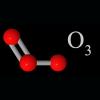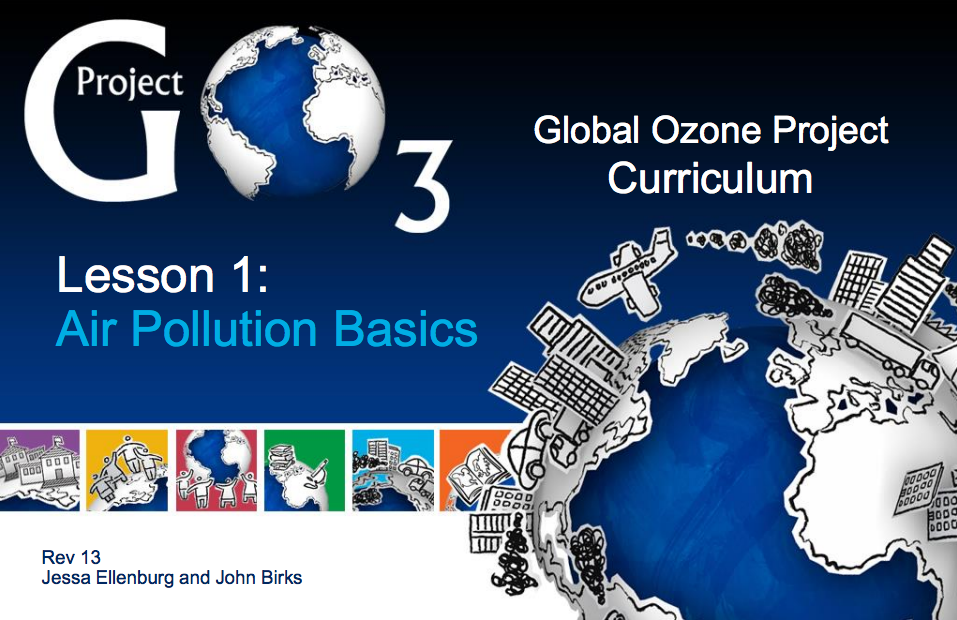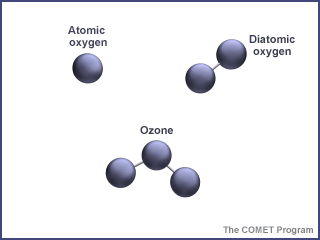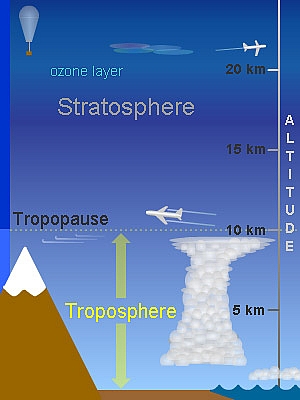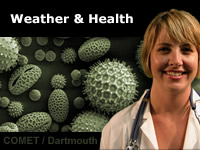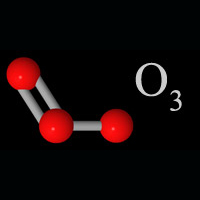| VIDEOS |
|
FRAPPÉ: Studying Ground Level Ozone in Colorado
|
Air Quality: The FRAPPÉ Field Camapign
|
|
Air. Planet. People.
|
NSF/NCAR C-130
|
| K-12 SCIENCE EDUCATION MODULES |
UCAR Science Education | Air Quality Teaching Box
Teaching Boxes are themed collections of classroom-ready educational resources to build student understanding of science, technology, engineering, and math (STEM). Resources highlighted within teaching boxes are from various science education programs and all have been vetted by the education team at the UCAR Center for Science Education.
>> Learn more
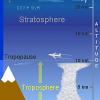 The troposphere is the lowest layer of Earth's atmosphere. Most of the mass (about 75-80%) of the atmosphere is in the troposphere. Most types of clouds are found in the troposphere, and almost all weather occurs within this layer.
The troposphere is the lowest layer of Earth's atmosphere. Most of the mass (about 75-80%) of the atmosphere is in the troposphere. Most types of clouds are found in the troposphere, and almost all weather occurs within this layer.
>> Learn more
GO3 Project :: Air Pollution Basics
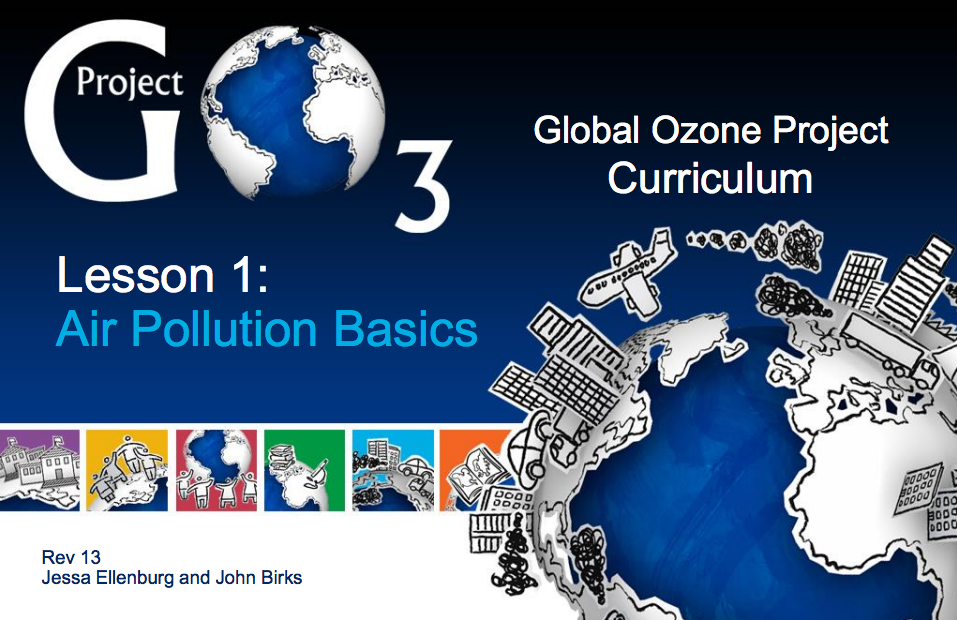 An air pollutant is any substance emitted to or produced in the atmosphere as a result of human activity in sufficient quantity to cause harm to plants, animals or materials. Harm can be direct: human health effects, reduced crop yields, damage to rubber products such as tires, erosion of marble sculpture, etc., or indirect such as climate change.
An air pollutant is any substance emitted to or produced in the atmosphere as a result of human activity in sufficient quantity to cause harm to plants, animals or materials. Harm can be direct: human health effects, reduced crop yields, damage to rubber products such as tires, erosion of marble sculpture, etc., or indirect such as climate change.
>> Learn more
Windows to the Universe :: Ozone
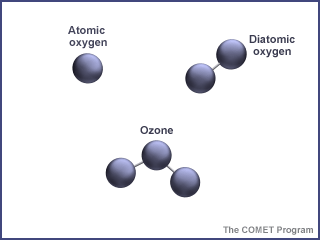 Ozone is a special kind of oxygen molecule. Normal oxygen molecules (O2), the kind we need to breathe, have two oxygen atoms. Ozone molecules (O3) have three oxygen atoms. Ozone forms when a photon of ultraviolet (UV) "light" from the Sun strikes a normal oxygen molecule, breaking it apart. One of the atoms freed by this photodissociation process attaches itself to another oxygen molecule, converting it into ozone.
Ozone is a special kind of oxygen molecule. Normal oxygen molecules (O2), the kind we need to breathe, have two oxygen atoms. Ozone molecules (O3) have three oxygen atoms. Ozone forms when a photon of ultraviolet (UV) "light" from the Sun strikes a normal oxygen molecule, breaking it apart. One of the atoms freed by this photodissociation process attaches itself to another oxygen molecule, converting it into ozone.
>> Learn more
| ADVANCED SCIENCE EDUCATION MODULES |
UCAR MetEd :: Atmospheric Composition (free login required)
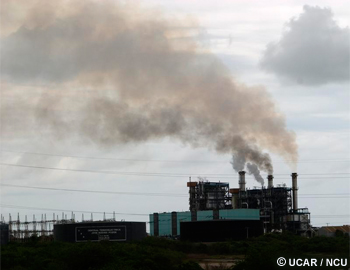 The best-known application with the longest established contribution from satellites is stratospheric ozone monitoring. This continues to be important as we monitor the anticipated recovery of the ozone layer.
The best-known application with the longest established contribution from satellites is stratospheric ozone monitoring. This continues to be important as we monitor the anticipated recovery of the ozone layer.
>> Learn more
UCAR MetEd :: Weather and Health
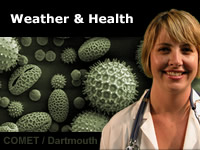 This course will help meteorologists and others broaden their understanding of the impacts of weather and climate on public health, including the impacts of heat waves and cold temperatures, winter storms and thunderstorms, flooding, drought, poor air quality, tornadoes, hurricanes, wildfire, UV radiation, and others.
This course will help meteorologists and others broaden their understanding of the impacts of weather and climate on public health, including the impacts of heat waves and cold temperatures, winter storms and thunderstorms, flooding, drought, poor air quality, tornadoes, hurricanes, wildfire, UV radiation, and others.
>> Learn more
Letter from the Project Manager
Digital Camera Imagery and Movie Notes
Suggestions Regarding FRAPPE Processing For Wind and Pressure
Quick Questions for FRAPPÉ PIs
Relevant FRAPPÉ PI Publications
Research Aircraft Public Open House
